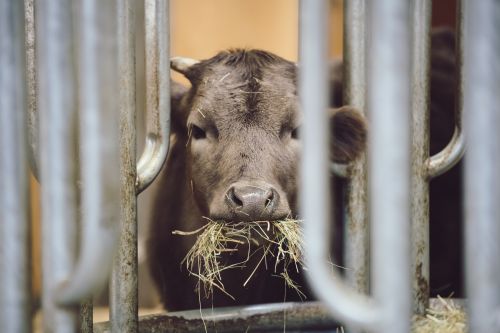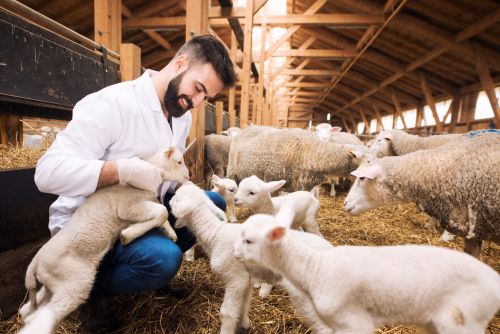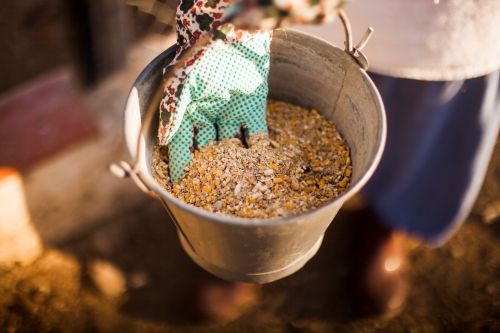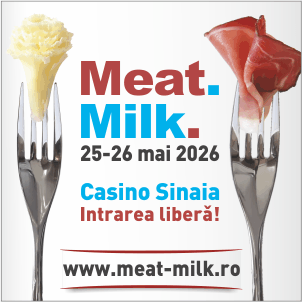646

EU Agricultural Stakeholders Call for Balanced Approach to Future Trade Liberalization with Ukraine
In a joint statement issued by Copa-Cogeca and other European agricultural organizations, stakeholders from the EU farming sector are urging a carefully balanced approach to any further potential trade liberalization with Ukraine.
As the European Commission prepares to present its objectives for upcoming trade talks with Ukraine to the Council later this month, key EU agricultural associations representing vulnerable sectors are calling for caution and balance in the negotiations.
While supporting Ukraine remains a priority in these difficult times, any revised agreement must also take into account the cumulative pressures faced by sensitive EU sectors such as grains, oilseeds, sugar, poultry, eggs, ethanol, and honey—especially in the wake of the recently announced EU-Mercosur agreement.
In recent years, the EU agricultural sector has been significantly impacted by exceptional Autonomous Trade Measures (ATMs) adopted to support Ukraine amid its ongoing war effort.
Against this backdrop, while the EU sector welcomes the return to the EU-Ukraine Association Agreement, which would offer more predictability and stability, stakeholders are also expressing growing concern about a further expansion of liberalization under Article 29 of the agreement.
Safeguards and Tariff Quotas Needed
The statement emphasizes the need to maintain appropriate limits and safeguards to ensure EU farmers and producers are not disproportionately burdened.
Mechanisms such as tariff-rate quotas (TRQs) must be preserved, and new tools should be explored to offer sufficient protection. Currently, existing ATMs fail to fully address market vulnerabilities, as thresholds designed to protect sensitive products are too high and do not cover some of the most affected sectors, such as wheat and barley.
The stakeholders also stress the importance of ensuring that the long-term agreement does not lead to full liberalization of products that have not yet been significantly impacted by Ukrainian imports, while also incorporating effective safeguard measures.
Failing to do so would ignore Ukraine’s strong capacity to rapidly scale production and export once new opportunities arise, as demonstrated in the sugar sector. Similar patterns could easily emerge with potatoes, pork, dairy, or ethanol.
Wider Trade Landscape Adds Pressure
Stakeholders also point to the broader context of ongoing and future trade negotiations with Mercosur, Thailand, and India. These potential deals, combined with an increasingly dynamic geopolitical landscape, add complexity to the EU market and present significant risks for sensitive sectors.
Thus, a prudent and balanced approach to Ukraine’s trade liberalization is crucial to protect EU producers, who are already under pressure from cumulative trade impacts and unfair competition conditions.
The effects of full liberalization have already led some Member States to adopt national safeguard measures, which—although understandable—risk fragmenting the EU single market. Without a trade framework that addresses these national challenges, the integrity of the EU market could be further weakened, with distortions in competition likely to increase.
Alignment with EU Standards and Collaborative Framework Urged
The associations further call for the current review process to accelerate the alignment of Ukrainian standards with the EU acquis. Thorough monitoring and enforcement of this alignment will be essential to ensure fair competition and market stability.
Finally, the agricultural organizations urge the European Commission to work closely with stakeholders, the European Parliament, and Member States to develop a trade framework that preserves European agriculture. The outcome of the negotiations, they say, must reflect both solidarity with Ukraine and the realities of EU markets and producers.





